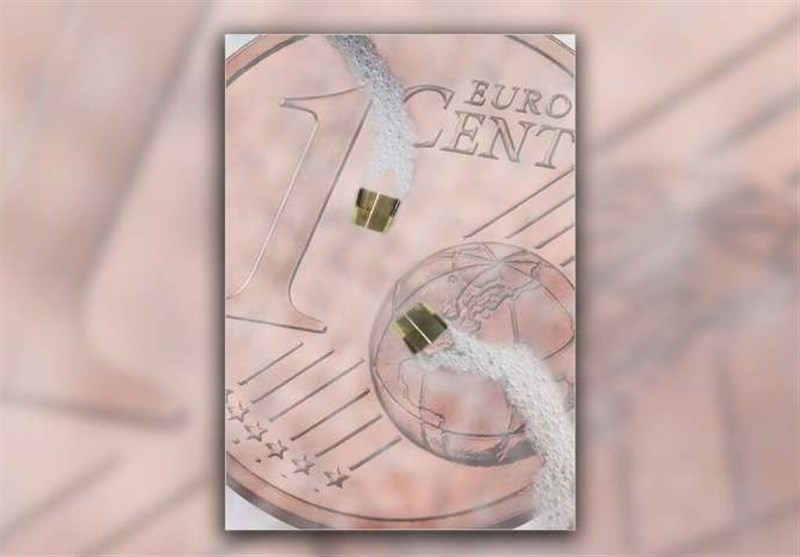Flexible Microrobot Can Survive Almost Any Deformation
TEHRAN (Tasnim) – An International research team led by Oliver Schmidt, working at Chemnitz University of Technology and Leibniz IFW Dresden has recently developed a microrobitic system with a wide range of possible applications, ranging from completing micro-surgeries to delivering goods to humans.
This robot, presented in a paper published in Nature Electronics, builds on an idea introduced by the same team of researchers almost a decade ago, TechXplore reported.
"We first started exploring the idea of creating a tiny microrobotic system that is self-propelled by a powerful jet engine and has microelectronic components on board almost ten years ago," Schmidt told TechXplore. "Our initial idea was to build a smart self-propelling microsystem that can interact with single biological cells, which are of similar size to microsystem itself. This system should be able to move around, sense its environment, transport cargo, deliver drugs and carry out micro-surgeries."
Since Schmidt and his colleagues first introduced their concept for a microrobotic system, their team and several others worldwide have tried to create similar technologies, primarily in vitro (i.e., using petri dishes). Implementing such as system inside the human body, however, has proved to be far more challenging. In fact, in order to complete tasks inside the body, the system would need to be controlled from outside and the information it collects (e.g. diagnostic data) should be easily conveyed to the outer world (e.g. to doctors or healthcare professionals).
"For a microrobotic system to work in the human body, it should contain electric energy, sensors, actuators, antennas and microelectronic circuitry," Schmidt explained. "The main objective of our recent work was to make one large step towards this final (and admittedly very ambitious) final goal; still in a simplified way, of course."
Schmidt and his colleagues fabricated their flexible microsystem by integrating micro and nano electronic components on a chip surface, in a similar way to how silicon technology is used to build computer chips. A key difference between their system and regular computer chips, however, is that the former's design includes jet engines created using an approach pioneered approximately twenty years ago, which is not typically used in the development of mainstream microelectronics.
"The trick consists in putting highly strained thin materials onto the chip, which snap back (roll-up) into Swiss roll microtube structures, when they are delaminated from the chip surface," Schmidt said. "This procedure can be controlled well, so that the rolled-up microtubes are firmly connected at two opposite sides to the microrobotic system. If these microtubes are coated with platinum inside, oxygen bubbles are generated by a catalytic reaction, once the platinum gets in touch with aqueous solution containing a little bit of hydrogen peroxide (H2O2)."






